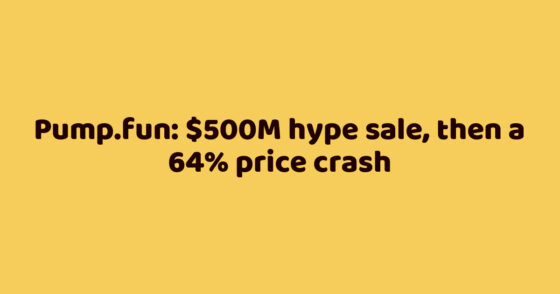Gold is not only a precious metal. It is one of the oldest financial instruments, serving as a store of value and an indicator of the state of the world’s markets. However, rising gold prices are not only an increase in the value of the metal itself, but also a signal of a deeper economic process that has many implications for the global economy.
Gold is rising in value, and this is no coincidence. Its value has been rising steadily over the past few years, fueled by several factors: increased uncertainty in the global economy, rising inflation expectations, and volatility in the stock markets. But why is it so important, and what happens if the rise continues?
How does the rise of gold affect the global economy?
Rising Inflation
Gold traditionally rises on the back of inflationary expectations. When central banks start printing money or borrowing large amounts of money, this leads to an increase in the money supply in the economy, which reduces the purchasing power of currencies. Under such conditions, gold becomes a protective asset:
– Inflation protection. Investors begin to transfer funds into gold as a means of protection against currency devaluation, leading to an increase in its price.
– Global inflation. In parallel, rising gold prices can serve as an indicator of rising global inflation, especially in countries with high debt or weak economies.
Interest in gold as a safe haven asset
When traditional assets such as stocks or bonds start to perform poorly, gold becomes a safe haven asset:
– Capital migration. Investors move into gold when other markets are volatile. This in turn increases demand for gold and pushes up its price.
– Investment outflows from risky assets. In times of crisis or economic uncertainty, gold becomes not only an object of speculation, but also a defense against global risks.
Gold is directly linked to currency rates, especially the US dollar.
If gold continues to rise, it could lead to a weaker dollar. Gold is often seen as an alternative to the dollar, especially in times of economic or political turmoil. A rise in gold could mean that investors are beginning to doubt the long-term stability of the dollar, which could affect its exchange rate.
– Draw attention to other currencies. This can lead to increased interest in alternative currencies or assets, such as cryptocurrencies, reinforcing geopolitical trends.
Crises and economic instability
A steady rise in gold prices can signal serious economic crises or instability. History shows that sharp rises in gold often coincide with periods of global financial turmoil – whether financial crises, wars or political instability.
– Escalation of economic risk. The higher the price of gold, the more questions arise about the financial strength of the world’s economies, which could lead to an even greater increase in the price of gold as a safe haven asset.
Impact on the crypto market
When gold rises, it means that institutional demand for safe haven assets, which is bitcoin, is rising. Now, thanks to crypto ETFs, many more people can invest in bitcoin than before, and the institutional demand will be felt much more strongly. So the global trend can be tracked not only by the growth of the S&P 500, but also by the growth of gold. If there is institutional demand for gold, bitcoin could follow.
What’s important to remember?
Gold’s rise is not just a change in the value of the precious metal. It is an indicator of global economic processes that can signal problems in the economy, increased risk and increased volatility. If the rising trend continues, it can lead to a redistribution of global financial flows, changes in exchange rates and higher inflation.








